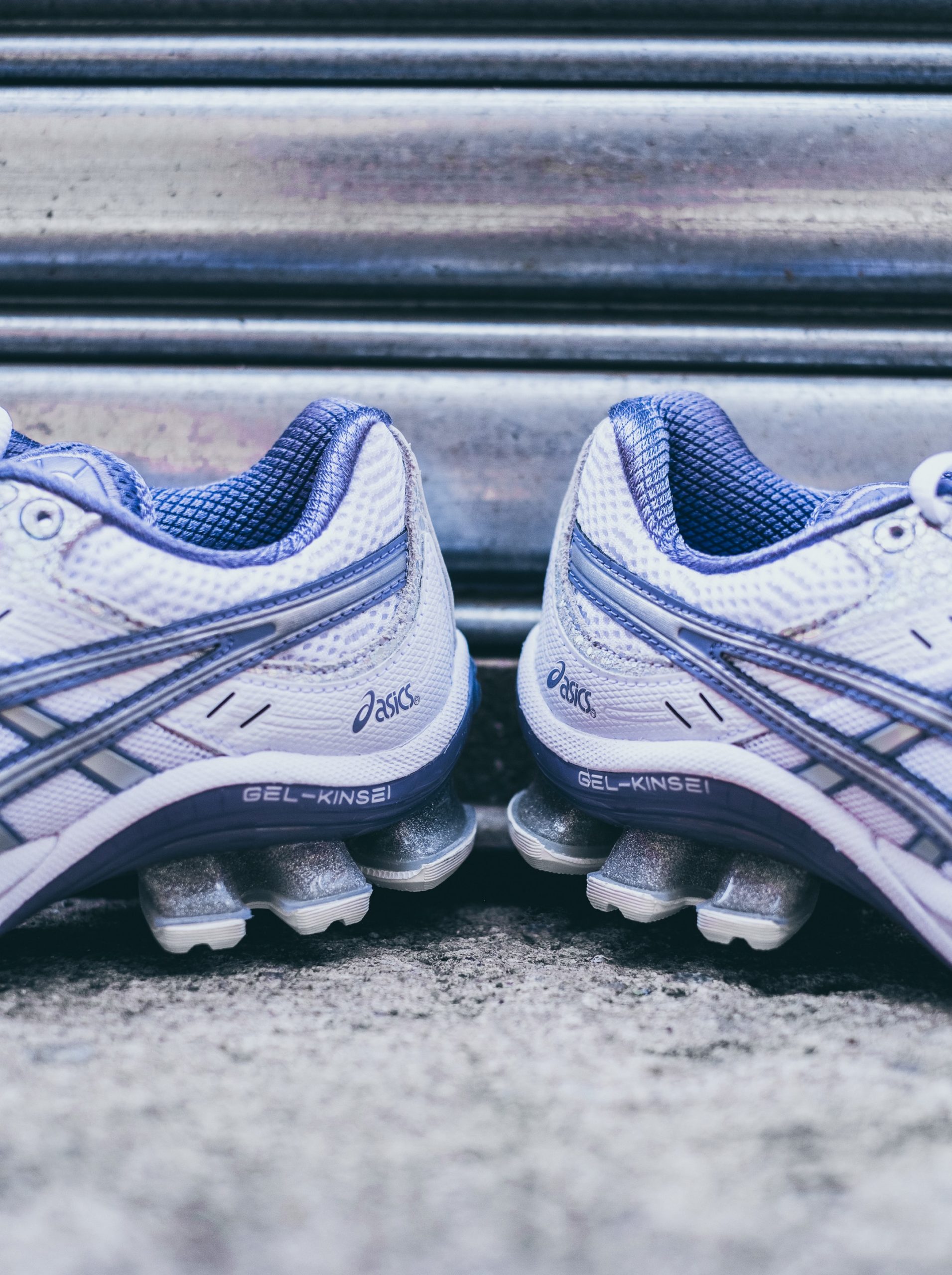Personal Finance / Best Shoes for Nurses
Nursing is a physically demanding role, requiring lifting, prolonged standing, walking, and sometimes running – in short, nurses are on their feet the majority of their shifts. Understanding the approach to selecting the right footwear can impact and potentially prevent injury, particularly from overuse.
Foot mechanics and positioning varies, meaning choosing the right shoe is up to the individual. However, there are some suggestions that will indicate if the shoe is the right fit.
In this article:
Get job matches in your area + answers to all your nursing career questions

Choosing the right shoe
In general, people who have jobs that require prolonged standing need more supportive footwear than the average office worker or lunchtime walker. Research suggests, however, that selecting a shoe based on arch height alone has little effect on injury rates², so it is imperative that the individual purchasing the shoe utilizes a holistic perspective when deciding on the right pair.
A typical rule of thumb is to leave about an inch of space between the top of the first toe and the top of the shoe. Ensure there is enough width, as well – average width works well for the average foot, but be sure the shoe accommodates a more narrow or wide foot. Foot size, or foot volumetrics, can change with activity¹ depending on the individual. It is important to make sure there is enough room for changes in the shoe if needed.
Other lesser-known aspects to look for include making sure the heel sits evenly – this is not something people often think about, but take a look at the back of the shoe when it is sitting on a hard surface. Does it tilt one way or the other? More fashionable shoes tend to have a lean, but supportive shoes rarely do – the heel sits evenly across the back of the shoe, allowing for a more neutral foot position and better mechanics.
The arch should be supportive, yes, but the way to discern this is by physically touching the arch. The inside arch should not feel soft in comparison to the outside – it should be firm. The shoe should feel stable when it is being worn; there should not be a period of “breaking in” the shoe. If it is a good, supportive shoe, the wearer should feel that from the first donning.
Keep in mind that the brand is not the ultimate decision-maker; a good shoe can come from just about any brand – it is the aspects of the shoe itself that are most important when selecting a good shoe.
Best shoes for nurses
1. ASICS Gel Nimbus 22
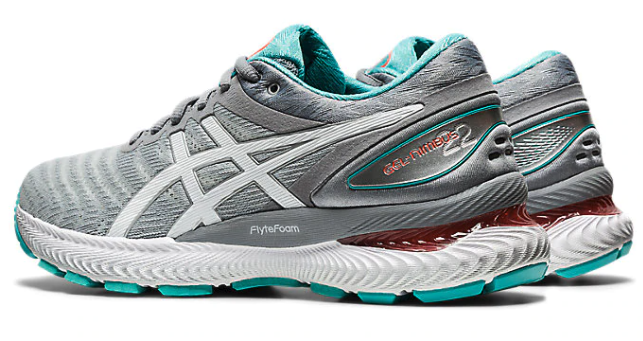
The ASICS Gel Nimbus 22 sits evenly and provides support in the inner arch and heel of the shoe. These shoes run about $100 depending on your customizations and are highly recommended by Amazon reviewers. Wearers note that these shoes are supportive and stylish; many note they make good daily workout shoes. However, users also state they had difficulties finding their appropriate size as the width tends to run small.
2. ASICS Kayano 26
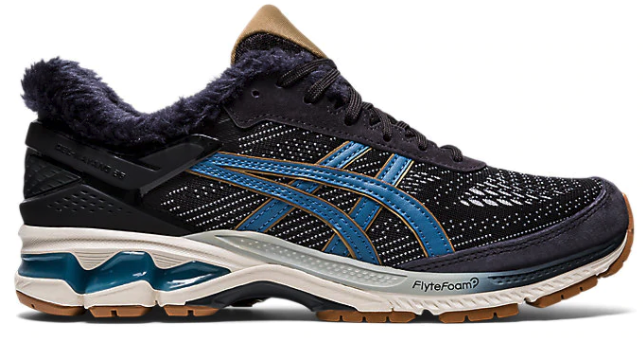
This shoe provides cushioning with good arch support, an average-, to-wide toe box, and should work well for the average mid-foot (neither low nor high arches). Most users agree that this shoe provides good support for walking or running, although many users disagree on the toe box – some find it narrow and others wide. Coming in at about $120, this shoe may be a good investment for someone with an average forefoot width requiring good daily support.
Top nurse jobs on Incredible Health
Registered Nurse – Med Surg / Telemetry
San Francisco, CA | $81,490 to $167,370 /year
Registered Nurse – Med Surg Charge Nurse
Charleston, SC | $55,000 to $85,000 /year
Registered Nurse – PICU Float
Gloucester, MA | $75,000 to $150,000 /year
Registered Nurse – Pediatric ER
Newark, NJ | $70,920 to $117,990 /year
Registered Nurse – Tele / Cardiac / PCU
Germantown, TN | $48,920 to $94,690 /year
Get matched with these and thousands more permanent jobs on Incredible Health.
3. ASICS Gel Cumulus 21
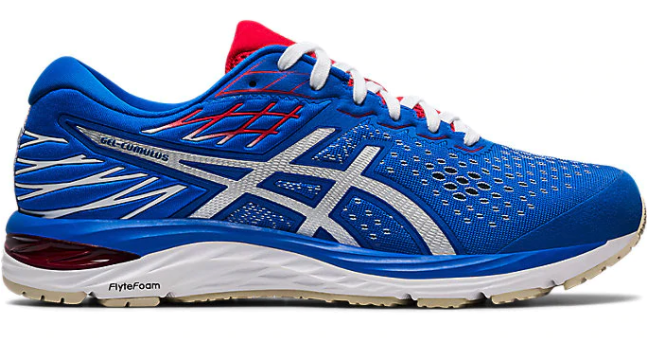
This shoe is quite popular amongst Amazon reviewers who note support and secure fit of the shoe as key features, although many note these shoes run small lengthwise. Many users found the right fit by moving a half-size up from their typical size. These shoes have a higher heel to them and a firm sole, and users with orthotics note that this shoe was a good fit for them. The Gel Cumulus 21 costs about $90, and although the heel is foam-based, it appears these shoes provide welcome support for the everyday wearer.
4. New Balance Fresh Foam 880v10
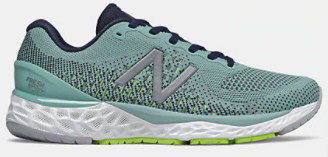
Many Amazon reviewers note that this shoe fits well on the first wear, which is a good sign that these purchasers found the right fit for them. With a firm and higher inner sole than most, this shoe appears to be a good fit for someone with higher arches or who needs a more supportive insole. This shoe costs $130 and appears to be a good investment for daily running or walking.
5. New Balance 840v4
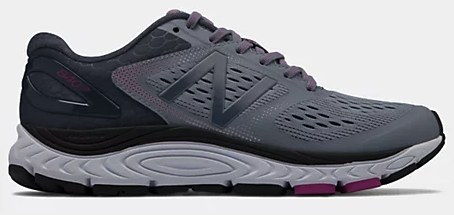
The New Balance 840v4 has a thick heel that sits symmetrically and has an average toe box width. The outer and inner soles appear to be similar thicknesses and reviewers note that these shoes are true to size and provide good arch support – many also note these shoes work well with orthotics, when purchased wide. These shoes can be purchased in narrow, average, wide, or extra wide, giving purchasers several options to find their best fit. However, they are on the more expensive side of this list, costing around $130.
6. Saucony Cohesion 13
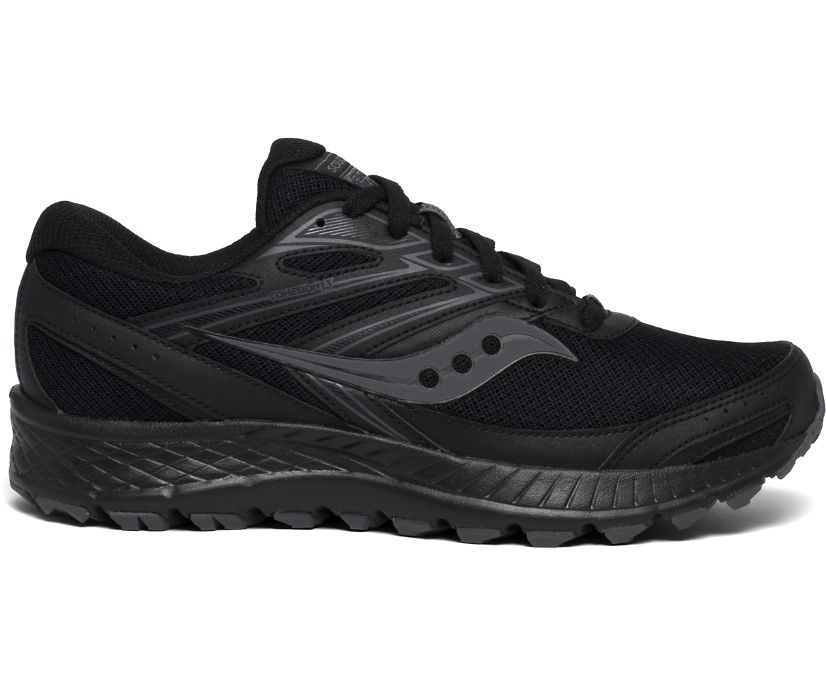
Reviewers note that this shoe is true to size and is one of the least expensive shoes on this list, coming in at around $60 per pair. The heel does not sit perfectly symmetrically, which may be less comfortable for those with Achilles or alignment issues. Reviewers also report that there is fairly good support for this shoe for being so lightweight. These shoes appear to work best for those who require in-sole orthotics or do not require much in the way of arch support and are looking for a lightweight, minimalist-type shoe.
7. Saucony Echelon 8
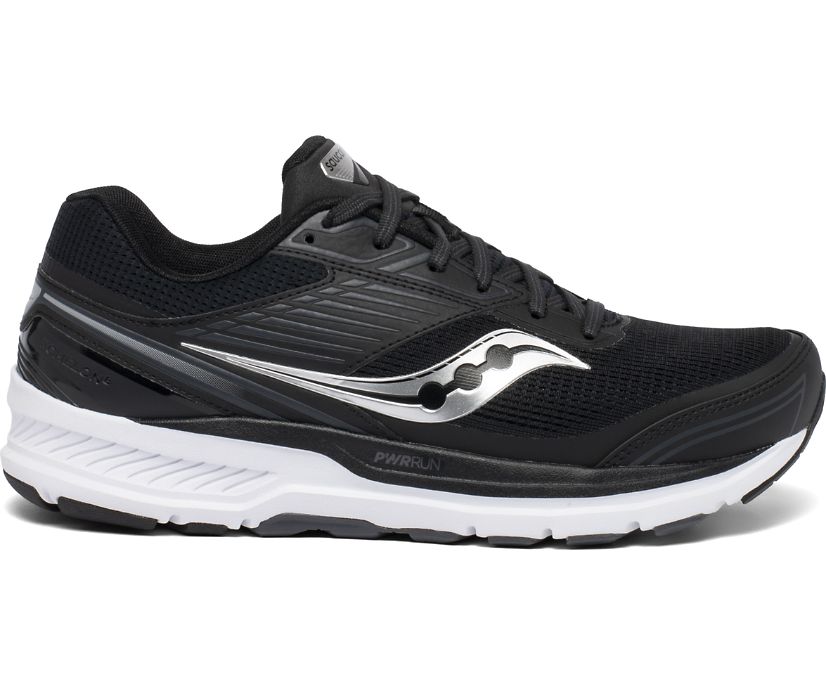
Users generally report great cushioning and firm support in this shoe. It appears to work best for the average arch height and average width foot. At about $130, these shoes are a bit of an investment but may be suitable for the average, everyday wearer.
8. Brooks Ravenna 11
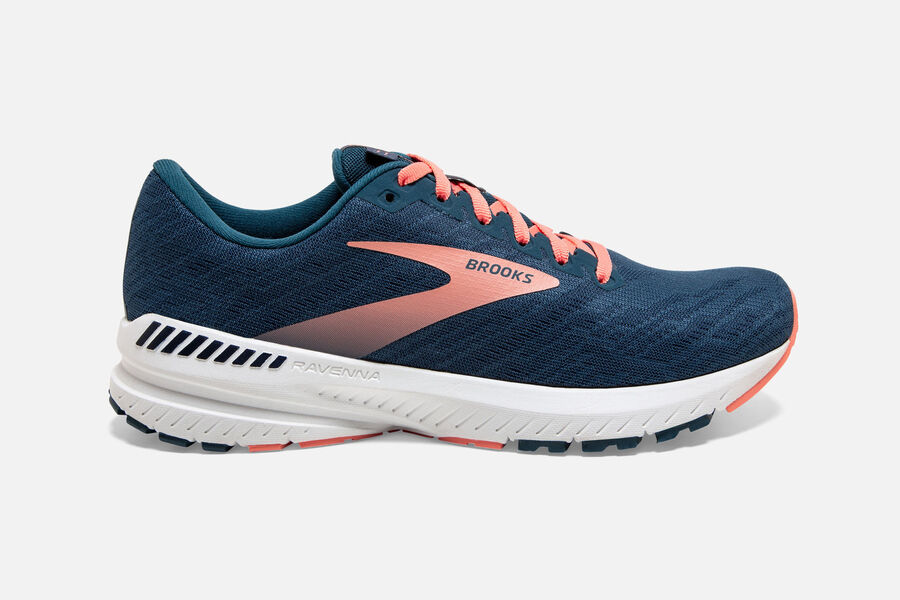
As of right now, these shoes are at a decreased price on Amazon – typically running about $110, they are currently selling for about $85. They were made with the intention to be lightweight yet supportive, which could work well for a nurse on the go. Reviewers tend to agree that these shoes are lightweight while maintaining support, and many users note that these shoes hold up well after running or long walks.
9. Brooks Launch 7
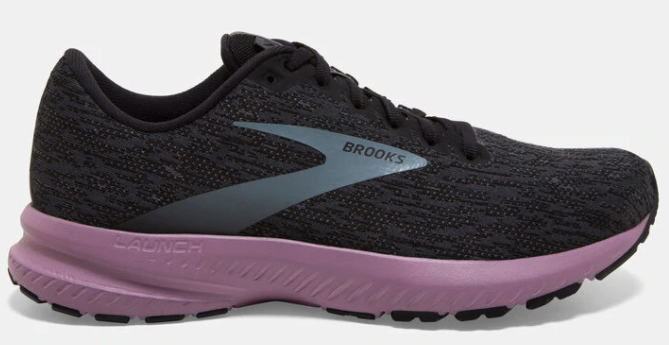
Coming in at around $110, these shoes are an investment and were initially made with runners in mind. Amazon reviewers report generally good stability from the shoe and many say they felt comfortable running in them. Many users also make a point to note the array of styles and colors available and feel that these shoes are both comfortable as well as stylish.
10. Brooks Ghost 13
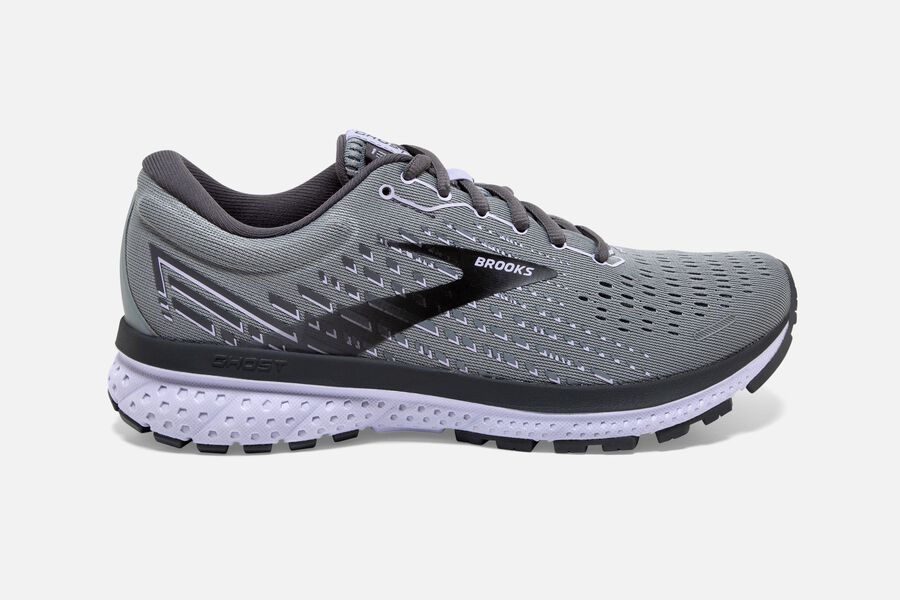
Rounding out this list is the Brooks Ghost 13 running shoe. Running around $130, these shoes are one of the pricier sets on this list, however, they are also the most highly rated shoes on this list by Amazon reviewers. Users report stability and solid fit of the shoe, although some users felt the heel strike was a bit too stiff for their liking. However, for someone walking and standing as opposed to running, that may be desirable. Many purchasers also report that these shoes have held up well with walking multiple miles per day and running longer distances.
Tying it All Together
All in all, this is a solid but not exhaustive list of shoes to purchase for a nursing shift. Brooks, ASICS, and Saucony are some of the most recommended brands by physical therapists, however, they are not the only brands that can suit a person’s needs. Buying a shoe is very individualized, and normally physical therapists recommend trying on and feeling several shoes prior to purchasing a pair. (You can also save money with discounts on footwear.)
In these times, when online shopping appears to be here to stay for quite a while, the best way to know if a shoe will fit is to know your measurements and understand what the purpose of the shoe is. For a nurse or healthcare professional who is standing and moving all day long, stability, fit, and comfort are key – ensuring good arch support, a symmetrical/even heel, and a toe box that fits.
Keep in mind that a shoe should fit right out of the box; there should not be a “breaking in” period. There also should not be blisters or calluses forming before the shoe “fits”. The right shoe should be comfortable, have a snug fit (i.e. the foot should not slide or slip inside the shoe), and it should hold up well to longer stretches of wear, like the average nursing shift.
Get job matches in your area + answers to all your nursing career questions

Sources:
1. JW, • & Wallmann, Harvey & Landers, Merrill & Altenburger, Beth & L, LaPorta & Altenburger, Peter. (2003). The effects of walking, running, and shoe size on foot volumetrics. Physical Therapy in Sport. 4. 87-92. 10.1016/S1466-853X(03)00031-2.
2. Knapik JJ, Trone DW, Tchandja J, Jones BH. Injury-reduction effectiveness of prescribing running shoes on the basis of foot arch height: summary of military investigations. J Orthop Sports Phys Ther. 2014 Oct;44(10):805-12. doi: 10.2519/jospt.2014.5342. Epub 2014 Aug 25. PMID: 25155917.
